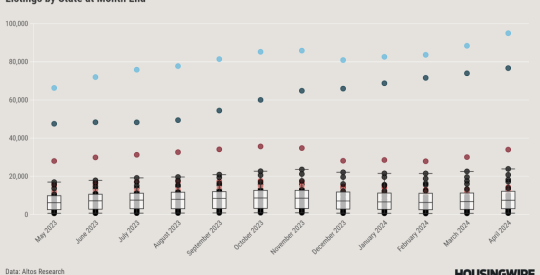As more seniors determine what their living arrangements will look like in retirement, accessory dwelling units (ADUs) are becoming an increasingly popular senior living option. These types of secondary living spaces are built on properties with larger, primary units, and are sometimes referred to as “in-law suites” or “granny flats,” according to the New York Times.
Financing the construction of an ADU with the proceeds from a reverse mortgage is possible, but there are potential caveats that should be considered, according to Renee Konstantine, reverse mortgage division director at EstaR Mortgage in San Diego, who spoke with RMD.
ADUs are gaining ground with seniors
“[ADUs] can be free-standing or attached to the main house on the property they share; they can be apartments in basements or atop garages,” the Times story states. “An ADU, which is typically 600 to 1,000 square feet, has a bathroom, a kitchen or kitchenette, and, usually, a separate entrance.”
One of the appeals of an ADU lies is the potential to change its function. After a senior dies or moves out, the ADU can be used as a rental or a return home for a struggling young adult, the Times notes. However, the current increase in ADU popularity can also be attributed, at least in large part, to having these units serve as an on-site but separate living space for a family’s senior-age relatives.
“In an aging nation, an ADU makes particular sense for people in their 60s and up who don’t want to move and will need nearby caregivers, either family members or hired aides,” the article states.
How a reverse mortgage could fit into the equation
An ADU could be a middle ground between specialized and traditional senior living spaces and the concept of aging in place, which the majority of seniors would prefer to do. But while it’s possible to finance the construction of an ADU with a reverse mortgage, there are some details to keep in mind, according to Konstantine.
“[The borrower] must be in the primary residence,” Konstantine said.
This means that the senior who dwells in the ADU itself cannot be the primary reverse mortgage borrower. Rather, the owner who lives in the main home on the property needs to be the one taking out a reverse mortgage. And, while there are certain proprietary options for borrowers as young as 55 in some states, when it comes to the Home Equity Conversion Mortgage (HECM) borrower, the primary homeowner must be at least 62 years old.
Konstantine, who worked on a reverse mortgage transaction that helped finance an ADU, described the arrangement as an excellent option for someone who wants to finance the construction of an accessory dwelling unit.
“It’s excellent because of the income someone will receive by having it built,” she said. “The proceeds are non-taxable that they’re using to build it with, and then they’ll receive monthly cash.”
The only major drawback, she said, is that it can be an expensive and time-consuming undertaking in California.
“This is why using a reverse mortgage line of credit is a good idea,” Konstantine said. “Because on new builds here in California, it can usually take anywhere from six to eight months to complete. So as it progresses, you can access that line of credit for each new portion.”



